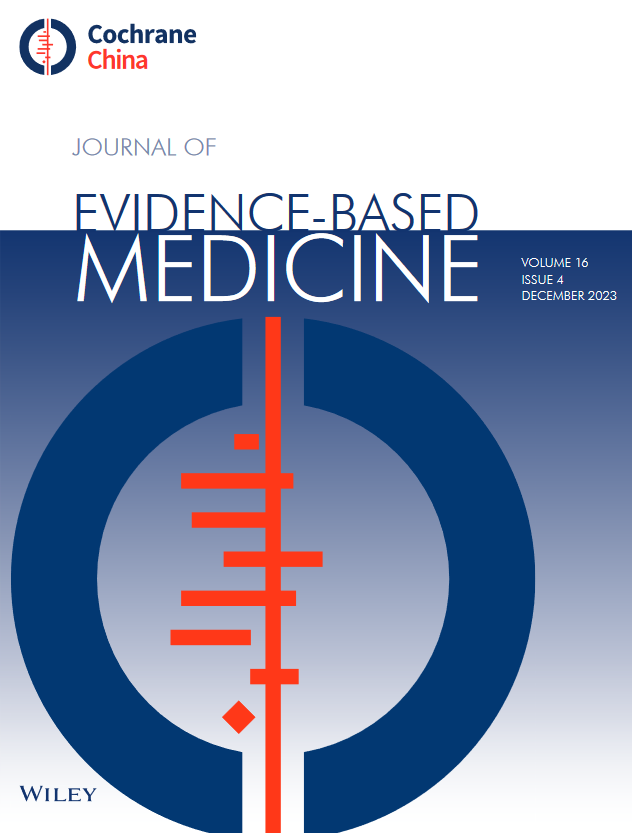Prevalence, Analytical Methods, and Influencing Factors of Multimorbidity in China: A Scoping Review
Abstract
Objective
This scoping review aims to map commonly reported multimorbidity patterns in China and summarize the methodologies used to identify these patterns.
Methods
We conducted a comprehensive search of six databases, including PubMed, EMbase, Web of Science Core Collection, WanFang, VIP, and CNKI from inception to December 31, 2024. Both quantitative and qualitative analyses were performed to map the scope of research on multimorbidity patterns and the methodologies used in the included studies. The results are presented in tabular form, with selected visual representations where appropriate.
Results
A total of 15,972 studies were retrieved, with 93 studies meeting the inclusion criteria. These studies, published between 2015 and 2024, were mostly cross-sectional with a median sample size was 10,084. Most studies employed a single method to explore multimorbidity patterns, with latent class analysis, association rules, and factor analysis being the most common. Arthritis/rheumatism and hypertension were the most prevalent diseases. Multimorbidity patterns were mainly classified into disease combination patterns and multimorbidity cluster patterns. The most frequent binary combinations were hypertension with diabetes and hypertension with dyslipidemia. The most common ternary combination was hypertension, dyslipidemia, and diabetes. The cardiovascular metabolic cluster was the most prevalent, followed by the respiratory cluster. Forty-nine studies explored influencing factors, with age being the most studied.
Conclusions
Studies on multimorbidity patterns in China have increased since 2020, with a focus on cardiovascular-metabolic clusters and the use of latent class analysis. However, variations in the interpretation of multimorbidity lead to inconsistent disease identification and diagnostic criteria, affecting the consistency of findings. Future research should establish consensus-driven guidelines for defining multimorbidity clusters and apply robust statistical techniques to improve methodological rigor.

 求助内容:
求助内容: 应助结果提醒方式:
应助结果提醒方式:


